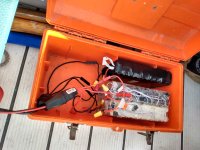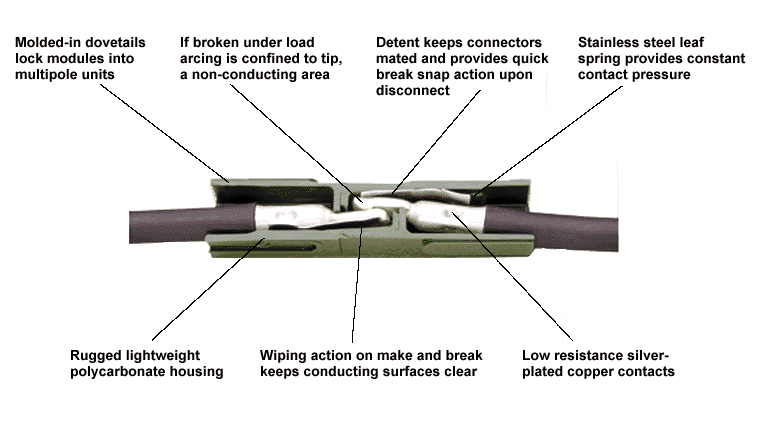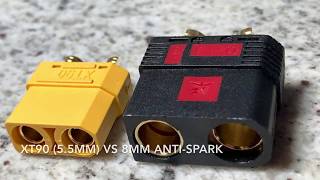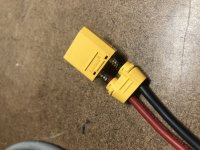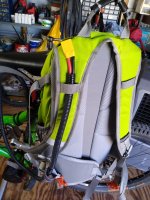Just my 2 cents, PPs aren't very reliable out in the real world, except for charger leads.
In a perfect installation they can handle the rated amps, but they're very sensitive to having a neutral flex in the wires. If the wires are trying to twist or flex too much from say being shoved in a battery bag etc, they don't maintain alignment at the terminals, and they start heating up.
I've had a few that started heating, and very slightly deforming the housings, which allowed more flex at the terminals, leading to overheating death spiral over time.
Part of their design is the self wiping contacts, so in an installation when you hardly ever unplug it, corrosion can build up still, where again, as charger leads, it gets self wiped a lot.
For a high amp power wires you want to plug in once and forget about for a while, most of the modern RC plugs are better options. I heard PPs were originally developed for the ham radio market?
And it sounds horribly primitive, but I've had great success with good old wire nuts, esp as I do a lot of prototyping, and testing different components with mismatched plugs, etc. When you make the exposed wire the right length they hold great, and rarely overheat. A zip tie around the wires after keeps tugging from pulling them apart, and they're easy to open up and inspect. One key is make sure they're pointed up, but that goes for plugs and having a drip loop also, ideally.
If you leave your battery on the bike most of the time, the charger is about the only part of the power system where a quick disconnect is really handy, to me anyway.
Right now I'm testing a bunch of random 36v modules for a boat motor, and guess where the hot spots are? Not at the cheap hardware store plugs, the wire nuts, the fuse holders, or the recycled packs is the correct answer.

